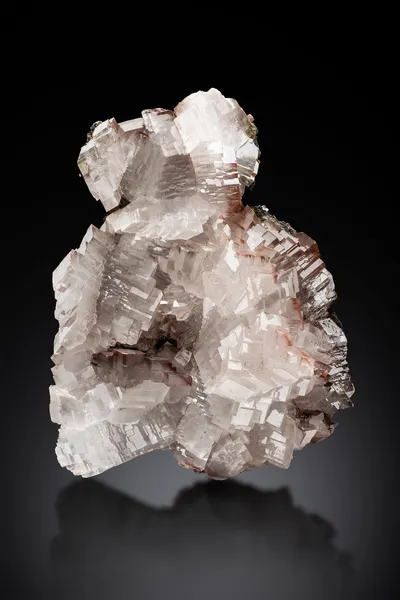Mineral Species
Plancheite
Type Locality
No
Composition
Cu8(Si4O11)2(OH)4·H2O
Crystal System
Orthorhombic
Status at Tsumeb
Confirmed
Abundance
Somewhat rare
Distribution
Second oxidation zone
Paragenesis
Supergene
Entry Number
Species; TSNB279
General Notes
The earliest published mention of plancheite at Tsumeb is by Geier (1973/1974) who observed that on and below 30 Level, dioptase and the chemically related mineral plancheite "… gained a certain importance as not-so-rare minerals".
Bartelke (1976) commented that plancheite usually occurs as dense, light blue masses and powder-like surface coatings but that more rarely, it forms radiating spherulites (to 1 or 2 mm) in small cavities.
According to Pinch and Wilson (1977) plancheite of the spherulitic habit was sometimes mis-identified as bisbeeite (a discredited silicate of copper and magnesium; www.mindat.org; accessed February 2023).
Keller (1977a) placed plancheite in one of the subdivisions of his "Type I" paragenetic sequences (i.e., sequences forming at relatively high pH values) as follows:
I/9: dolomite >> duftite >> plancheite >> dioptase(i) >> calcite >> dioptase(ii)
Gebhard (1999) cautioned that "… chrysocolla, plancheite and shattuckite all somewhat resemble each other … they have been found sparingly throughout the deposit." He also observed that "Pseudomorphs of plancheite after azurite are famous, but rare from Tsumeb."
Associated Minerals
aragonite; azurite; calcite; cerussite; conichalcite; dioptase; dolomite; duftite; fornacite (?); malachite; willemite; wulfenite
Pseudomorphs
Plancheite has been reported to form pseudomorphs after the following minerals: azurite (rare), cuprite (rare).


